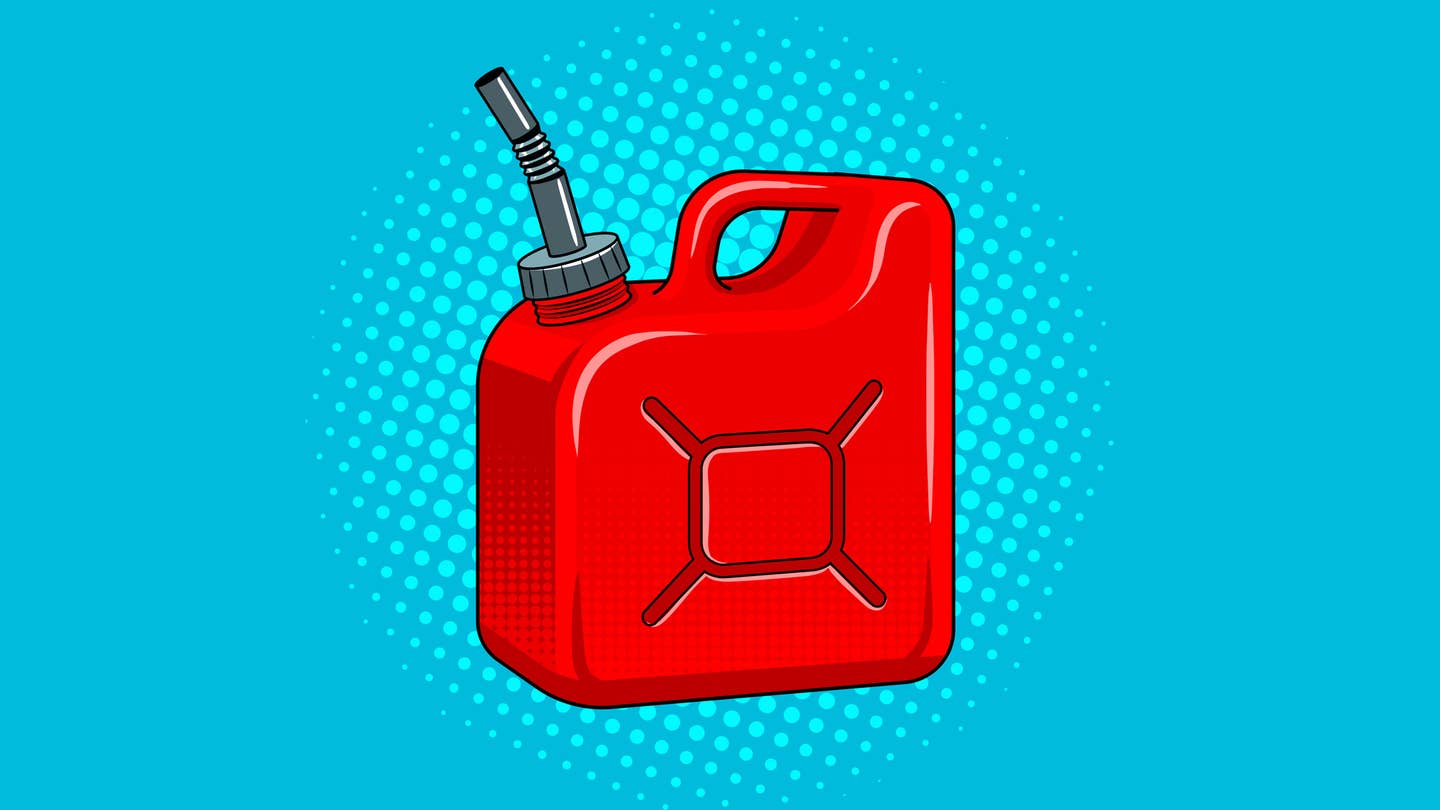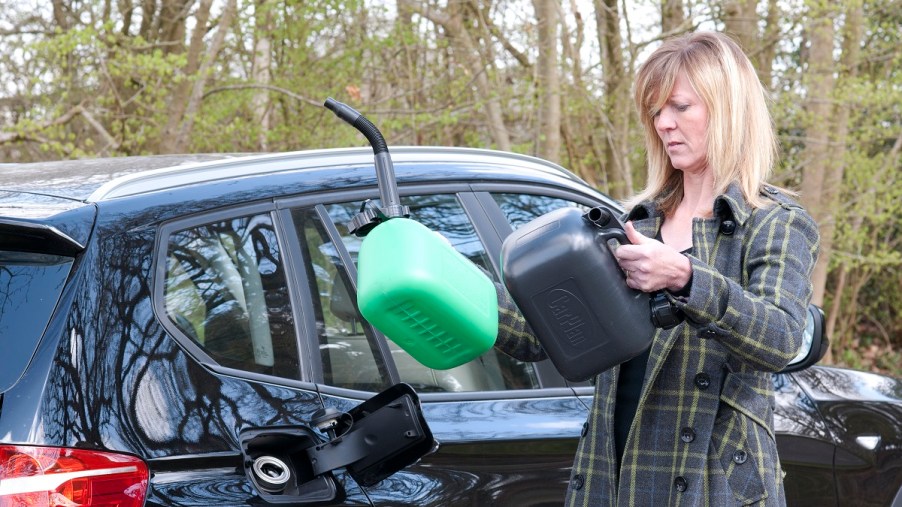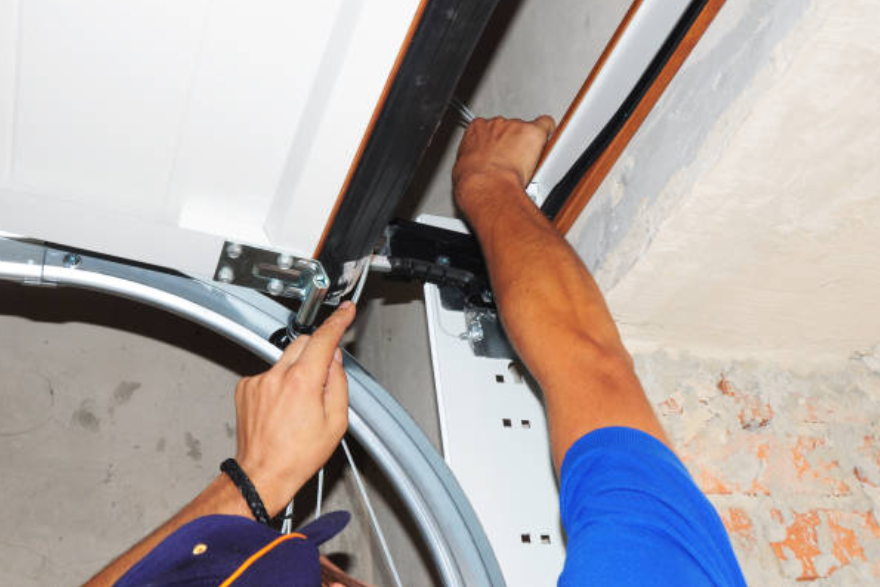How To Transport Gasoline Safely?
Transporting gasoline safely is crucial to prevent accidents, protect the environment, and comply with legal regulations. Gasoline is a highly flammable and toxic substance that poses significant risks if not handled properly.
This guide provides comprehensive information on understanding gasoline hazards, preparing for transportation, handling practices, emergency preparedness, and adhering to legal requirements.

Understanding Gasoline Hazards
Gasoline is a volatile and hazardous material due to its flammability, toxicity, environmental impact, and potential for explosions. Understanding these hazards is the first step in ensuring safe transportation.
- Flammability: Gasoline vapors are highly flammable and can ignite from a small spark, static electricity, or an open flame.
- Toxicity: Inhaling gasoline vapors can cause serious health issues, including respiratory problems, dizziness, and long-term health effects.
- Environmental Impact: Spills can contaminate soil and water, harming wildlife and ecosystems.
- Explosion Risks: Gasoline vapors can accumulate and lead to explosions if ignited in confined spaces.

Proper preparation is essential for safe gasoline transport. This involves selecting the right containers, inspecting them, and understanding quantity limitations.
- Choosing Appropriate Containers: Use certified gas cans specifically designed for gasoline. These containers are typically made of metal or high-density plastic and must meet safety standards. Proper labeling is also crucial to indicate the contents clearly.
- Inspecting Containers: Before use, inspect containers for any leaks, cracks, or damage. Ensure that the lids or caps seal tightly to prevent spills and vapor leakage.
- Quantity Limitations: Be aware of the legal limits for transporting gasoline. Personal transportation usually allows smaller quantities (up to 5 gallons), while commercial transport can involve larger amounts but requires adherence to stricter regulations.

Safe handling and transportation practices are vital to minimize the risks associated with gasoline transport.
Safe Handling Practices:
Filling the container:
- Use of Safety Equipment: Always wear gloves and goggles to protect against splashes.
- Proper Filling Techniques: Fill containers slowly to prevent spills and overflows. Leave some space at the top of the container to allow for expansion.
Sealing and Storing
- Ensuring a Tight Seal: Make sure the lid or cap is tightly sealed to prevent leaks.
- Storing in a Well-Ventilated Area: Store gasoline containers in a well-ventilated area, away from living spaces and ignition sources.
Avoiding static electricity:
- Grounding Techniques: Ground the container and the pump nozzle during filling to prevent static discharge.
- Use of Anti-Static Mats or Pads: Use anti-static materials to reduce the risk of static buildup.
Transportation Methods:
Personal Vehicles:
- Positioning in the Vehicle: Transport gasoline in an upright position, secured to prevent movement. Avoid placing containers in passenger areas.
- Ventilation Considerations: Ensure adequate ventilation in the vehicle to prevent vapor accumulation.
Commercial Transport:
- Regulatory Compliance: Adhere to regulations set by the Department of Transportation (DOT) and the Occupational Safety and Health Administration (OSHA). Use approved transport vehicles equipped with the necessary safety features.
Marine and Aviation Transport:
- Special Regulations and Considerations: Follow specific regulations for transporting gasoline by sea or air, including container specifications and documentation requirements.

Compliance with legal and regulatory requirements is essential for safe gasoline transportation.
Federal Regulations:
- Department of Transportation (DOT) Guidelines: Follow DOT regulations for packaging, labeling, and transporting hazardous materials.
- Environmental Protection Agency (EPA) Standards: Adhere to EPA guidelines to prevent environmental contamination.
State and local laws:
- Variations in Regulations: Be aware of state and local regulations that may have additional requirements.
- Compliance Strategies: Implement strategies to ensure compliance with all applicable laws.
What type of container should I use to transport gasoline?
Use certified gas cans designed for gasoline, made of metal or high-density plastic, and meeting safety standards. Ensure they are properly labeled and have tight-fitting caps.
How much gasoline can I legally transport in my personal vehicle?
Typically, you can transport up to 5 gallons of gasoline in approved containers. Check local regulations for specific limits.
Where should I place gasoline containers in my vehicle?
Place gasoline containers upright, secured, and away from passenger areas. The trunk or truck bed is ideal, ensuring good ventilation to prevent vapor buildup.
What precautions should I take when filling gasoline containers?
Wear safety gloves and goggles. Fill slowly to avoid spills, leave space for expansion, and ground the container to prevent static electricity buildup.
Transporting gasoline safely requires a thorough understanding of its hazards, meticulous preparation, adherence to best practices, and compliance with legal regulations. By following the guidelines outlined in this document, you can significantly reduce the risks associated with gasoline transportation, protect yourself and others, and ensure environmental safety. Continuous learning and vigilance in applying these practices are essential to maintaining safety standards and preventing accidents.
Click on the following link to read another blog post: How To Use An Impact Wrench?
















